Easter is one of the most significant holidays in the Christian calendar, celebrated by millions around the world. Known for its symbols of new life, colorful eggs, and the famous Easter Bunny, Easter is both a religious holiday and a cultural celebration. But have you ever wondered where Easter traditions come from, or why eggs and bunnies are associated with this holiday? Let’s dive into the fascinating history of Easter and explore how it became a symbol of renewal and joy.
What is Easter? The Religious Significance
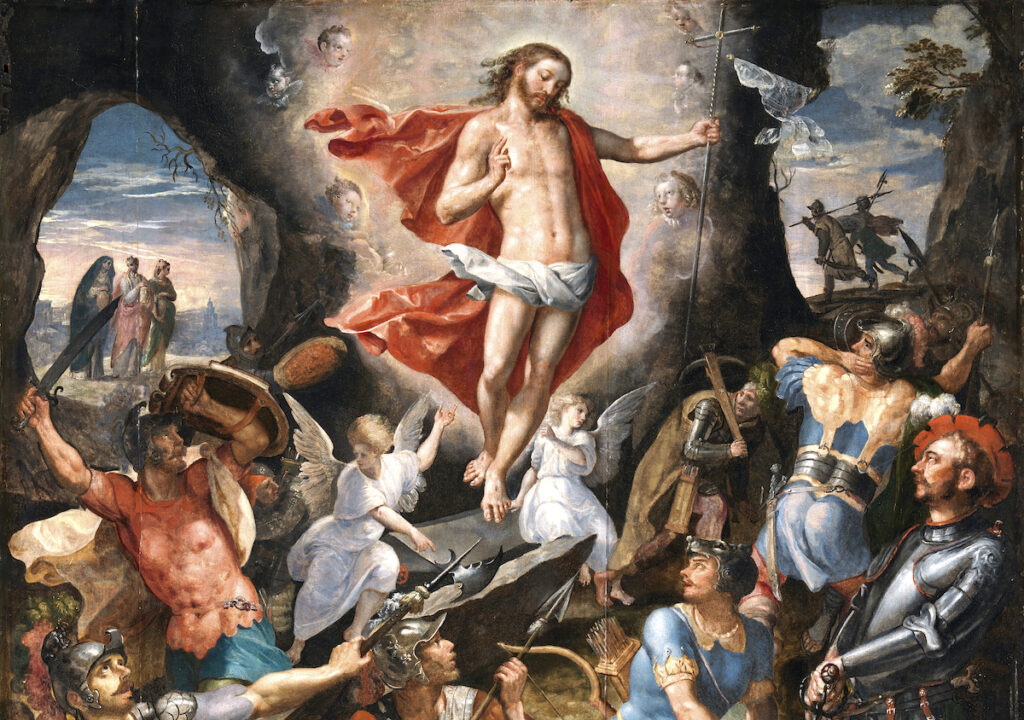
Maerten de Vos’ painting of ‘The Resurrection of Christ’, 1564.
Easter is a Christian holiday that celebrates the resurrection of Jesus Christ from the dead, an event that is central to Christian beliefs. According to the New Testament, Jesus was crucified on Good Friday and resurrected on the third day, which is celebrated as Easter Sunday. This event is seen as the fulfillment of prophecy and represents victory over sin and death, offering believers the promise of eternal life.
The Date of Easter
Easter doesn’t have a fixed date and is celebrated on the first Sunday after the first full moon following the vernal equinox. This usually falls between March 22 and April 25. The timing of Easter aligns with spring in the Northern Hemisphere, which contributes to its themes of rebirth and renewal.
The Origins of Easter Traditions
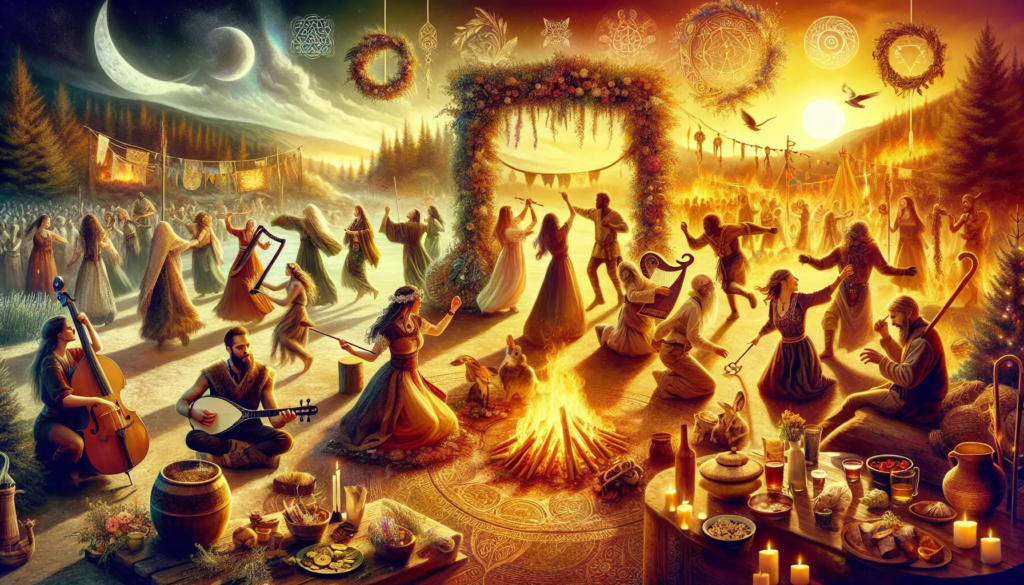
While Easter has strong Christian roots, many of its traditions have origins that predate Christianity. Ancient pagan festivals that celebrated the arrival of spring, new life, and fertility have influenced some Easter customs. As Christianity spread, these traditions were incorporated into Easter celebrations.
The Name “Easter”
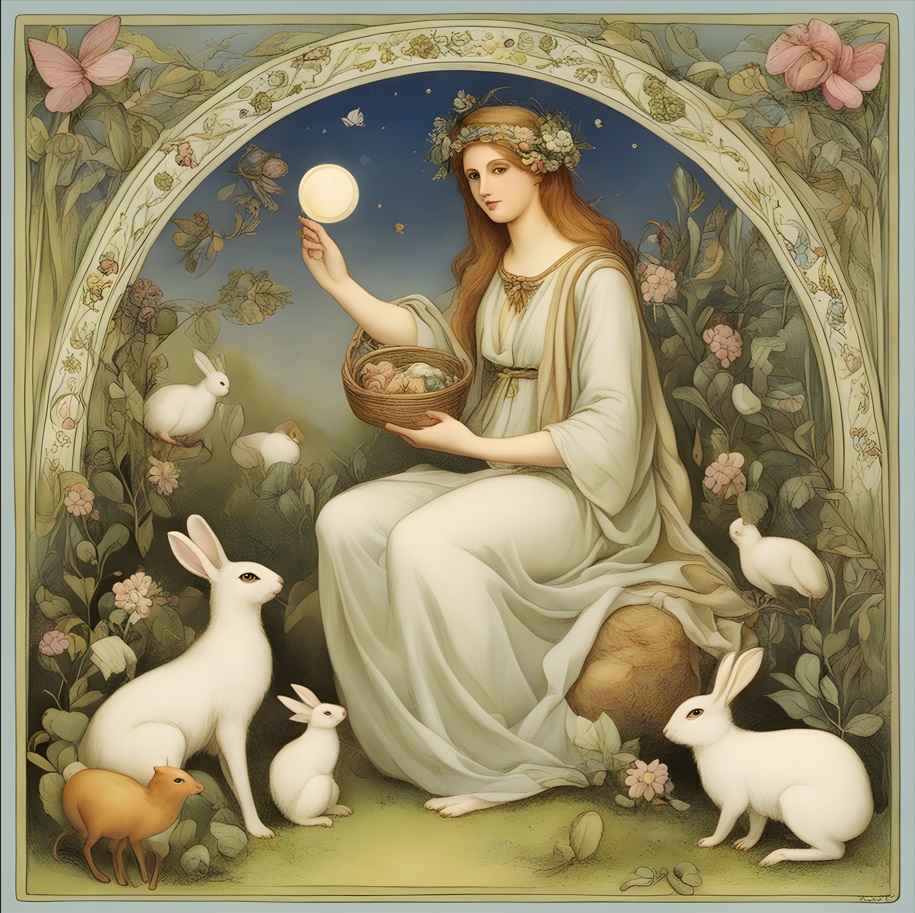
The name “Easter” is believed to have originated from Eostre (or Ostara), the Anglo-Saxon goddess of spring and fertility. People celebrated festivals dedicated to Eostre around the same time as Easter, marking the end of winter and the return of life to the earth. Other languages use names for Easter that come from the Latin “Pascha,” derived from the Hebrew word “Pesach” (Passover), reflecting the holiday’s connection to Jewish traditions.
The Symbol of the Easter Egg
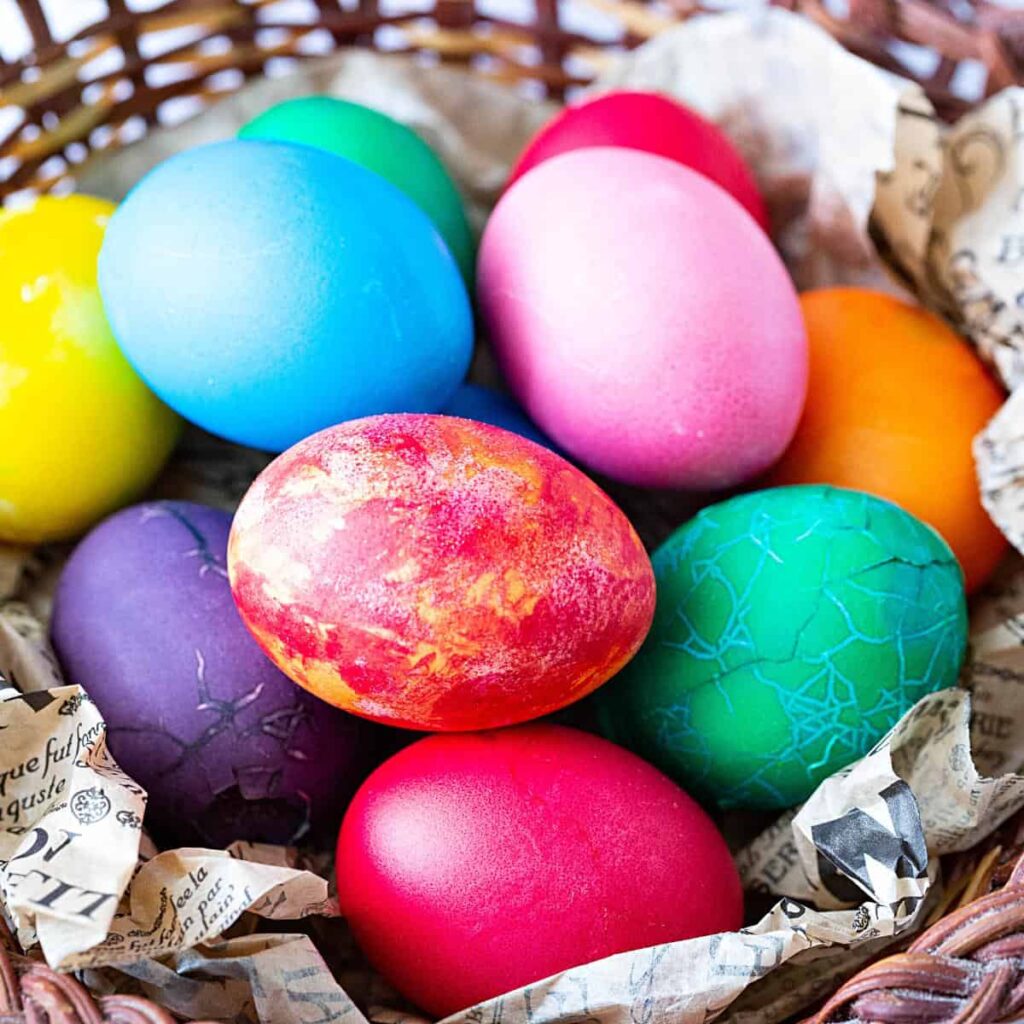
One of the most recognizable symbols of Easter is the Easter egg. But why are eggs associated with this holiday? In many ancient cultures, eggs symbolized new life and rebirth. Early Christians adopted the egg as a symbol of the resurrection. Just as a chick breaks out of its shell, Jesus emerged from the tomb.
Easter Egg Dyeing and Decorating
The tradition of dyeing and decorating eggs has been around for centuries. People in some Eastern European countries dye eggs red to symbolize the blood of Christ. Over time, egg decorating evolved, and today, brightly colored Easter eggs are a fun and creative part of Easter celebrations worldwide.
Egg Hunts and Egg Rolls
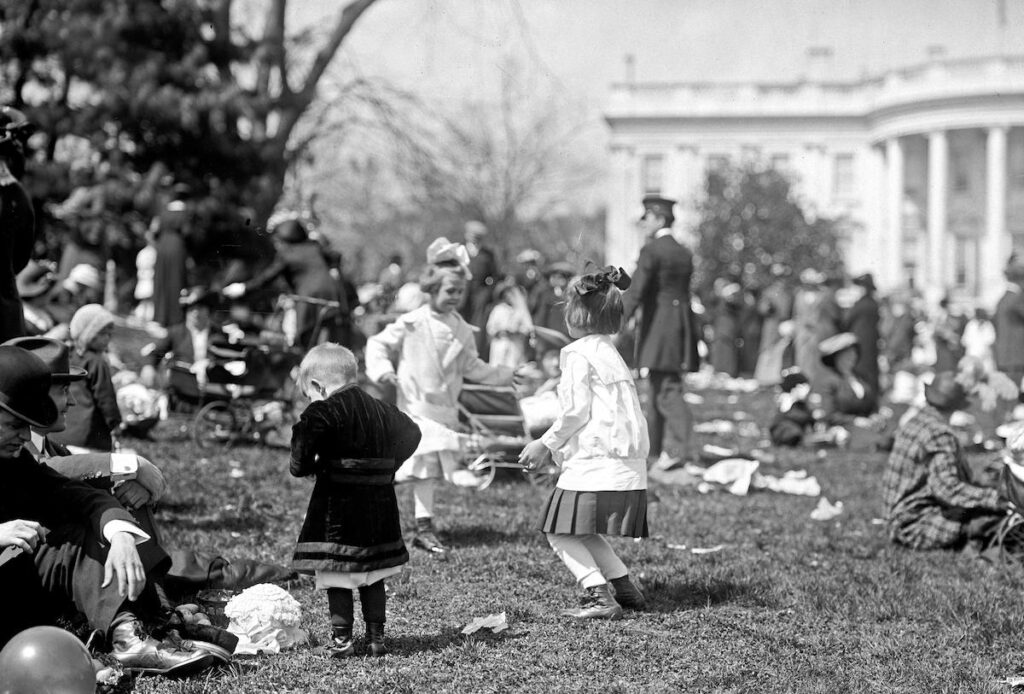
Children at the annual Easter Egg Roll at the White House, 1914.
Easter egg hunts are a popular activity where children search for hidden eggs, often filled with treats. In the United States, the White House Easter Egg Roll has been a tradition since 1878, where children roll eggs across the White House lawn in a festive race. These activities add an element of joy and excitement to the holiday, especially for young children.
Who is the Easter Bunny?
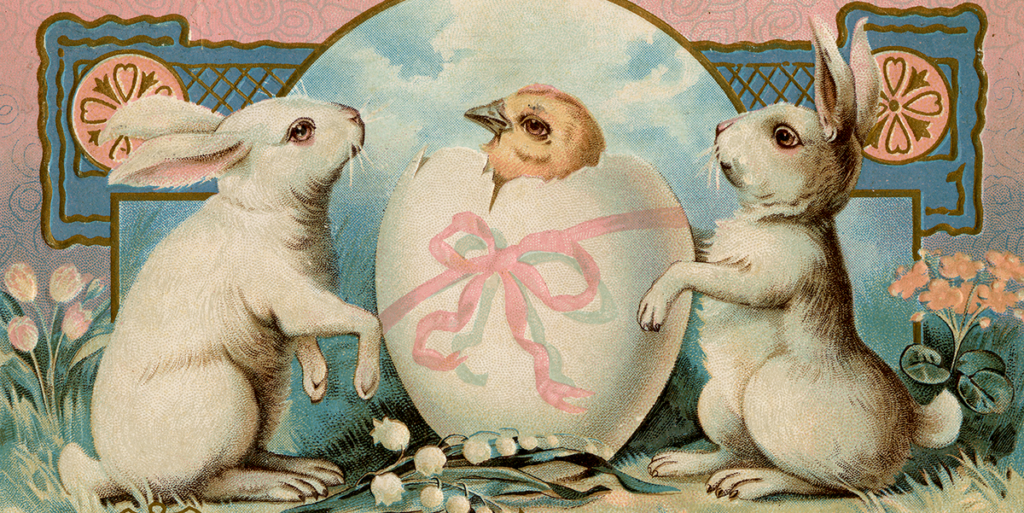
The Easter Bunny is another beloved symbol of the holiday, especially in Western cultures. The origins of the Easter Bunny are believed to come from German folklore. According to legend, a magical hare would lay eggs for children to find on Easter morning. German immigrants brought this tradition to America in the 1700s, where it quickly became a popular part of Easter celebrations.
Why a Bunny?
Bunnies, or rabbits, are ancient symbols of fertility and new life due to their high reproductive rates. The Easter Bunny, therefore, became associated with the themes of renewal and rebirth that are central to Easter. Today, children look forward to the Easter Bunny’s visit, often leaving out baskets for the “bunny” to fill with treats and toys.
Easter Around the World

People around the world celebrate Easter in various ways, with each culture adding its own unique traditions. Here are a few interesting Easter customs from different countries:
- United States: Along with egg hunts and the Easter Bunny, many Americans attend church services, enjoy festive family meals, and participate in the White House Easter Egg Roll. Easter has become one of the biggest candy holidays in the United States, second only to Halloween. Some of the most popular Easter candies include chocolate eggs, marshmallow Peeps, and Cadbury Creme Eggs. Chocolate bunnies are also an iconic Easter treat, with millions of them sold each year.
- Greece: In Greece, Easter is the most significant religious holiday. Red-dyed eggs symbolize the blood of Christ, and people crack them in a game called tsougrisma to symbolize the breaking of Jesus’ tomb. Fireworks and feasting follow the midnight church service on Holy Saturday.
- Poland: Poland’s Śmigus-Dyngus, or “Wet Monday,” takes place the day after Easter, where people playfully sprinkle water on each other. This tradition brings good fortune and celebrates the arrival of spring.
- Italy: In Italy, Easter is celebrated with special church services and festive meals. One unique tradition is Scoppio del Carro in Florence, where a cart filled with fireworks is ignited outside the cathedral to ensure a good harvest.
- Mexico: In Mexico, Easter (or Pascua) is a combination of Holy Week (Semana Santa) and Easter week celebrations. Families gather for church services, parades, and feasts, often creating elaborate altars and participating in religious processions.
Interesting Facts About Easter
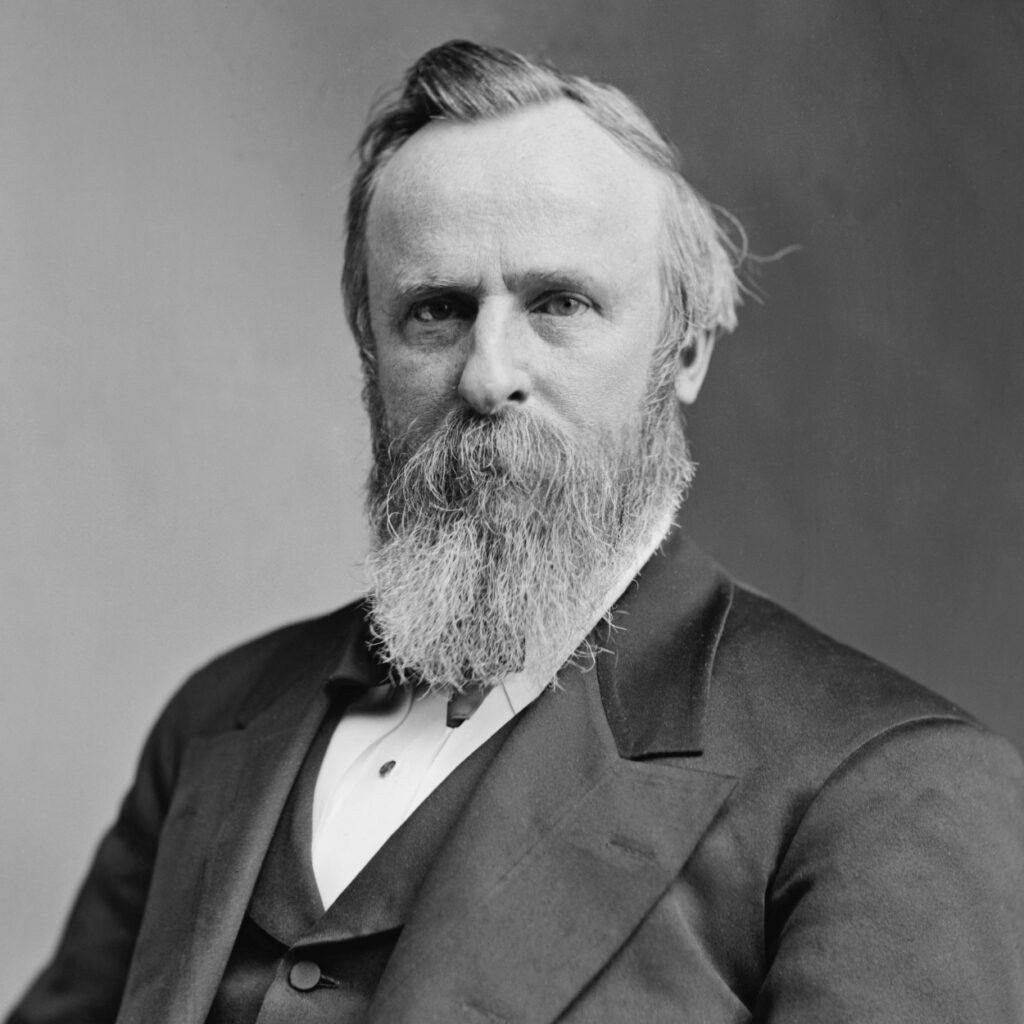
Rutherford B. Hayes, The 19th President of the United States
- The Largest Easter Egg: The world’s largest chocolate Easter egg was created in Italy in 2011. It stood over 34 feet tall and weighed nearly 15,000 pounds!
- Easter’s Connection to Passover: In many languages, people derive the word for Easter from “Pascha” (Passover), reflecting Easter’s historical connection to the Jewish holiday.
- Egg Rolling Tradition: The White House Easter Egg Roll is one of America’s oldest Easter traditions, first held by President Rutherford B. Hayes in 1878.
- Easter Lilies: Churches commonly use the Easter lily, a flower symbolizing purity and resurrection, in decorations during Easter celebrations.
- Lent and Easter Fasting: For many Christians, Easter marks the end of Lent, a 40-day period of fasting and reflection leading up to Easter Sunday.
Easter has a rich and varied history that spans thousands of years. It blends ancient springtime festivals, Christian beliefs, and modern traditions. From the resurrection story at the heart of the holiday to the playful Easter Bunny and colorful eggs, Easter celebrates renewal, hope, and the joy of new beginnings.
Whether you are participating in an egg hunt, attending a church service, or enjoying a festive family meal, Easter is a time to come together and celebrate life. Therefore, the next time you decorate an egg or spot the Easter Bunny, remember the deep history and joyful spirit behind this beloved holiday.



